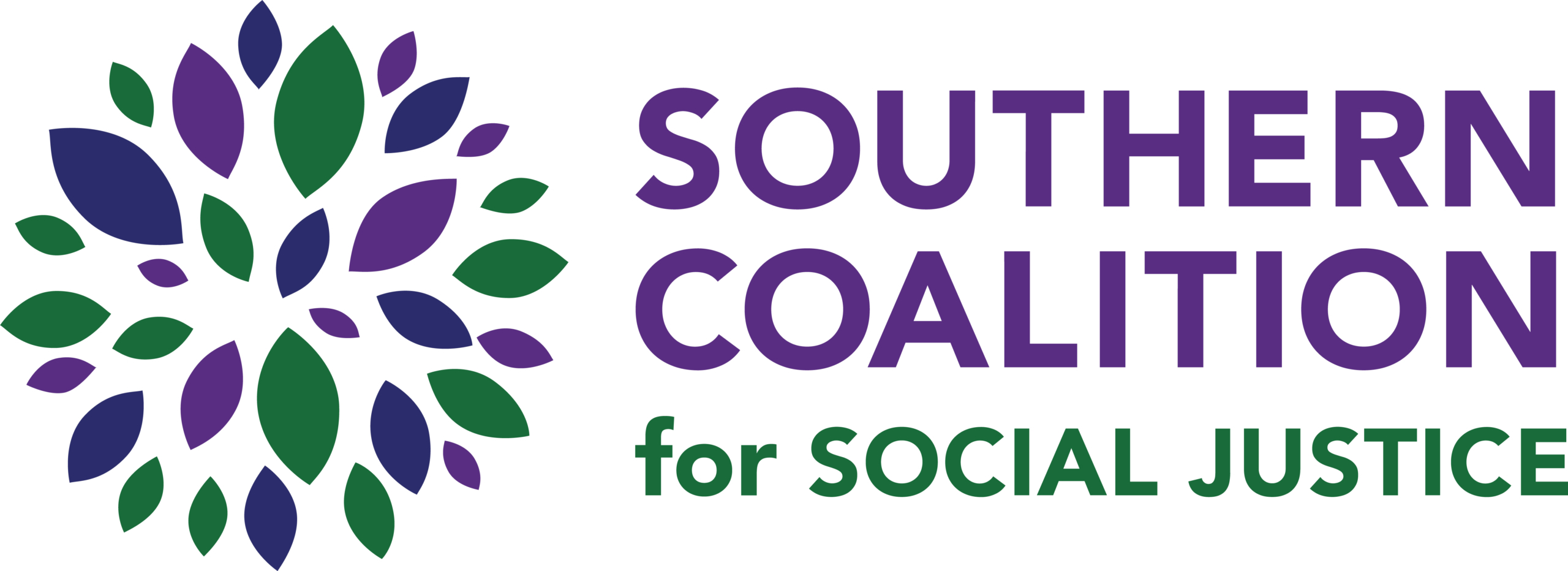Prison gerrymandering is the distortion to representation that occurs when voting maps are drawn using
Census numbers that count incarcerated individuals where they are temporarily displaced instead of
their home communities. Prison gerrymandering can happen in redistricting processes for states, cities,
school boards, or other local governments. It is most consequential at the local level where districts are
smaller in population and each person makes up a bigger share.
Below is a toolkit to help folks understand how prison gerrymandering is harmful to our democracy. If you are viewing it in your browser, you may need to adjust the zoom at the top left corner.
PG-toolkit_2023_FINALspanish_PG-toolkit_2023_FINALPrison gerrymandering distorts local voting districts and means that our elections do not accurately assess the will of the residents in a particular county. This is a widespread, yet easily fixable, problem that we can and should address.
Hilary Harris Klein, Senior Counsel for Voting Rights at SCSJ

